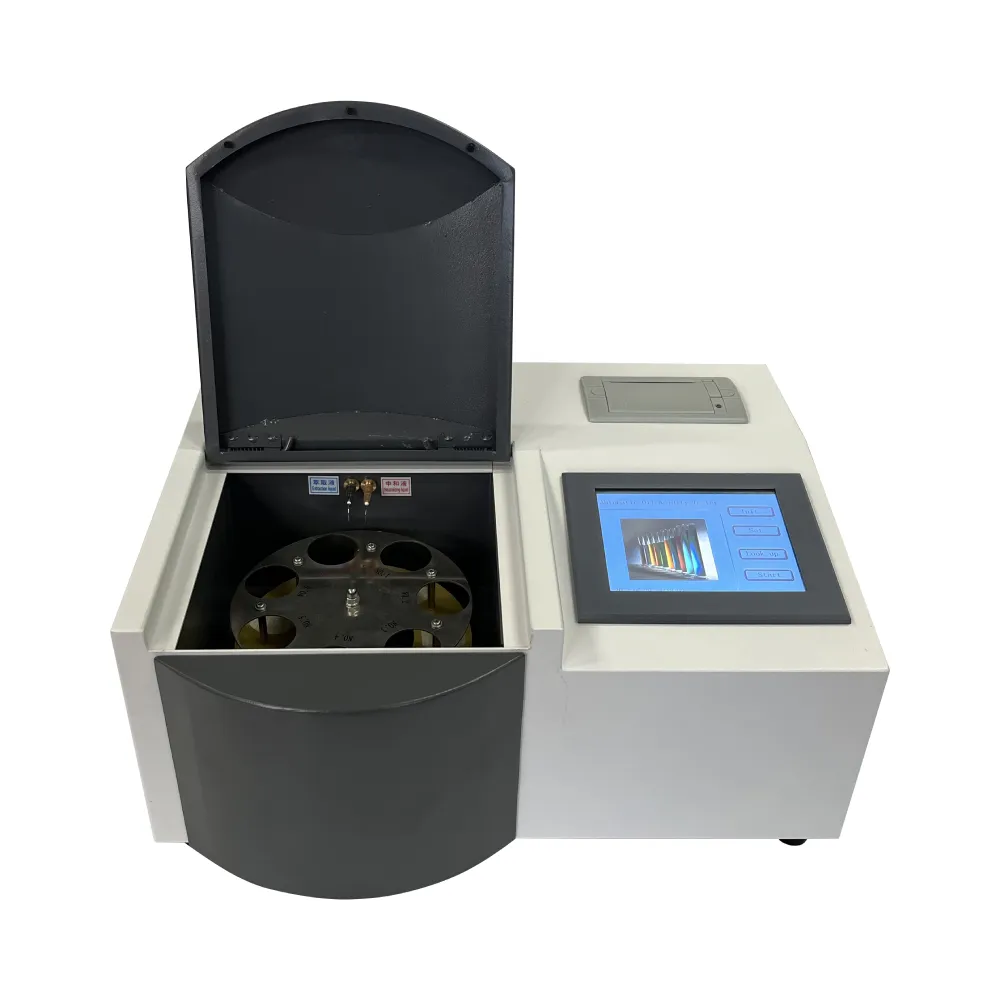 English
English


hipot cable testing
Understanding Hipot Testing for Cables A Comprehensive Guide
In the realm of electrical engineering, ensuring the safety and reliability of cables is paramount. One critical test used to assess the insulation integrity of electrical cables is known as High Potential Testing, commonly referred to as Hipot testing. This procedure plays a vital role in verifying the quality and safety of insulation materials, particularly in high-voltage cables. In this article, we will delve into the significance of Hipot testing, the methodology involved, and the key benefits it offers.
What is Hipot Testing?
Hipot testing is a procedure designed to evaluate the insulation between conductive parts of electrical equipment. The term “Hipot” stands for high potential, which refers to the high voltage applied during the test. Essentially, the test involves applying a voltage that exceeds the normal operating level of the equipment to ensure that the insulation can withstand high stress without breaking down. This is crucial for preventing electrical failures that could lead to shorts, equipment damage, or even dangerous fires.
The Importance of Hipot Testing
1. Safety Assurance The primary purpose of Hipot testing is to ensure the safety of electrical systems. Faulty insulation can lead to electrical shock hazards for users and service personnel. Regular testing helps identify insulation weaknesses before they become a problem.
2. Preventing Equipment Failure Conducting Hipot tests on cables helps detect insulation failures that could cause equipment malfunctions or failures in operation. By catching these issues early, organizations can save costs related to repairs and downtimes.
3. Compliance with Standards Many industries are governed by strict safety regulations and standards, such as the National Electrical Code (NEC) and International Electrotechnical Commission (IEC) guidelines. Hipot testing is often a requirement for compliance, ensuring that products meet necessary safety standards.
4. Quality Assurance Manufacturers of electrical equipment use Hipot testing to maintain high quality in their products. By rigorously testing their cables, they enhance product reliability, thus boosting customer satisfaction and brand reputation.
hipot cable testing

The Methodology of Hipot Testing
The Hipot testing process typically follows these steps
1. Preparation Before testing, ensure that the equipment is de-energized and adequately isolated. All personnel should use appropriate personal protective equipment (PPE).
2. Setting Up the Hipot Tester Connect the Hipot tester to the cable under test. This device is designed to apply a specific high voltage, generally several times the equipment’s rated voltage.
3. Applying Voltage Gradually increase the voltage to the desired level, holding it for a predetermined duration (usually 1 minute). The test voltage is often based on a multiple of the cable’s rated voltage — for example, 1.5 to 2 times the rated voltage.
4. Monitoring for Breakdown During the test, monitor the insulation resistance and look for any signs of breakdown, such as current leakage. If the insulation fails, the tester will typically indicate a failure.
5. Documenting Results After the test, document the results carefully. Any failure should lead to further investigation and remediation before the cables are put into service.
Conclusion
Hipot testing is an essential procedure in the lifecycle of electrical cable production and use. By testing the integrity of the insulation, organizations can assure safety, prevent costly equipment failures, and comply with industry standards. Regularly conducted Hipot testing not only enhances the quality of electrical products but also safeguards the people who use and maintain them. As technology advances and the demand for high-quality electrical systems grows, the importance of understanding and implementing effective Hipot testing practices will continue to rise. Embracing this testing method is not just a regulatory requirement but a commitment to quality, safety, and reliability in the ever-evolving world of electrical engineering.
-
Differences between open cup flash point tester and closed cup flash point testerNewsOct.31,2024
-
The Reliable Load Tap ChangerNewsOct.23,2024
-
The Essential Guide to Hipot TestersNewsOct.23,2024
-
The Digital Insulation TesterNewsOct.23,2024
-
The Best Earth Loop Impedance Tester for SaleNewsOct.23,2024
-
Tan Delta Tester--The Essential Tool for Electrical Insulation TestingNewsOct.23,2024





